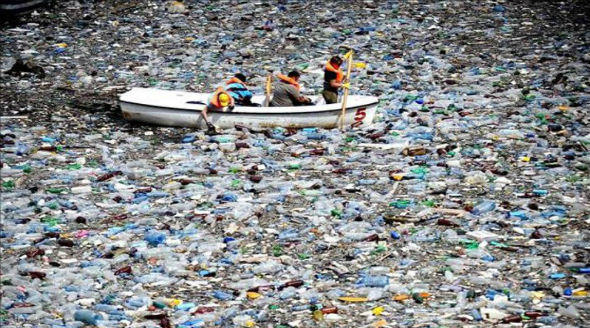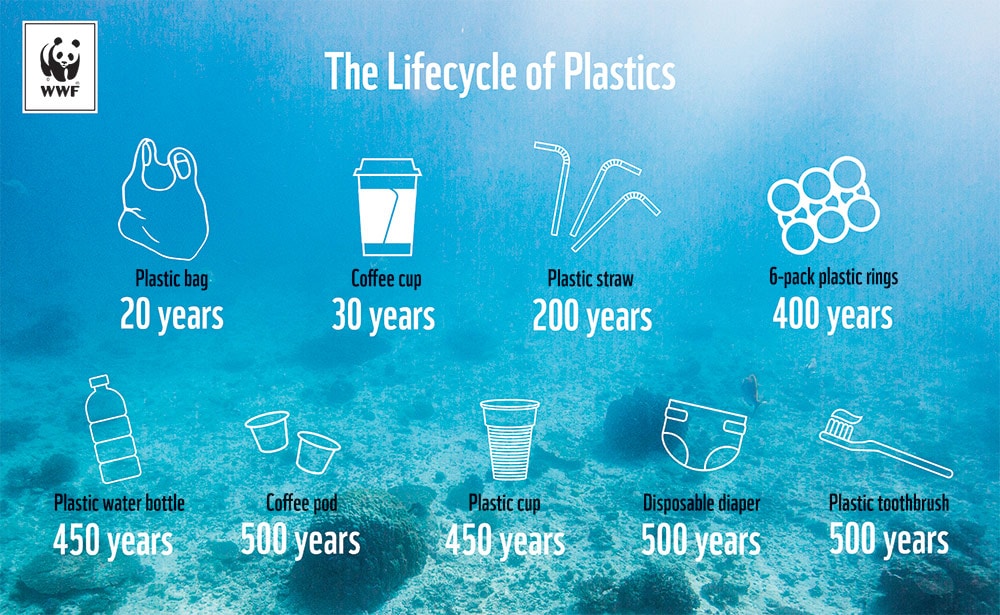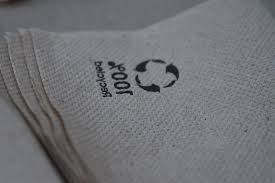With the rise of environmentalism, environmentalists who pursue green and sustainable development have begun to shift their vision to the packaging industry. There are millions of packages opened every day in the world, which contains a large number of such pollutants such as styrofoam, plastics, according to the EPA (US Environmental Protection Agency) food and its packaging account for nearly half of all municipal solid waste and in order to The concept of green packaging was born to address this issue.
Green packaging is also called sustainable packaging, is defined as the packaging of goods in materials that are biodegradable and recyclable, while at the same time using packaging that is as efficient and energy-efficient as possible. Various countries have formulated many Green Package standards according to their national conditions.
How packaging materials pollute nature

Before we look at green packaging, we should first understand how traditional materials are polluting nature.
The most traditional and widespread packaging material is plastic, which is composed of organic polymers of high molecular mass. The main components are acrylics, polyesters, silicones, and polyurethanes, and various additives are also included.

It takes a lot of energy to make these materials in the first place, and it’s usually powered by fossil fuels like oil and coal, which alone results in the release of millions of tons of methane and carbon dioxide into the atmosphere every year. But that’s not over yet. The wastes and corpses of various organisms are processed by a type of organism called decomposers in nature. They decompose the wastes into basic substances in nature to complete the ecological cycle. This process is Call it to biodegrade. However, humans have created such indestructible materials that decomposers cannot decompose them, so will we live forever with our plastic waste? That’s not true. Although biodegrade doesn’t work on plastics, we can turn to our old friend from far away in the universe——the sun. When plastics are exposed to ultraviolet rays, the polymer chains of plastics begin to become fragile and eventually break, and after a long process, plastics may eventually shatter into tiny pieces! This is called photodegrade. However, this is only possible because it is so long, far longer than the time we use plastics. Even scientists cannot determine the exact time, but according to WWF’s The lifecycle of plastics, many plastic products take nearly 500 years to decompose.
Those plastics that are difficult to decompose, with their harmful substances, penetrate into the soil, water, and air, destroying the original environment. At the same time, because too much plastic is produced, plastics themselves are already having a serious impact on nature. Roland Geyer, Jenna R. Jambeck and Kara Lavender Law in their paper <production, use, and fate of all plastics ever made> estimate that we have produced 8.3 billion tons of plastic since 1950 and that plastic pellets will eventually harm us as human beings through the food chain.
Green packaging materials or alternative
From the point of view of environmental protection, those substances that will not damage the original natural environment on the earth, especially the water, soil and atmospheric environment are all possible. We can achieve this through the idea of recyclability and biodegradability. There are the following:
Recycled and Reusable Materials
The feature of this type of product is that the same material can be used multiple times, and the packaging discarded by users can be recycled, made into packaging for new products. This is the mainstream practice of many people because of its low cost and the characteristics of the packaging will not change much. However, there are also many problems here. For example, you may not guarantee the recycling of the packaging discarded by users. Many packaging are not completely green in themselves, but their recyclable characteristics make them green. Nobody knows where consumers will throw their packaging, or just a neighbor’s kid burned it while playing. But even so, even if your packaging can only be recycled once, it can reduce pollution by 50%, so why not do it.

Bioplastics or Plant-based Materials
Compared to Recycled and Reusable Materials, Bioplastics or Plant-based Materials is much more convenient. This kind of material extracted from organisms or plants can be naturally decomposed in nature. Is there anything more environmentally friendly than this? Them originally a member of nature! You do not need to do anything, just wait for the decomposer to decompose those materials. However, this type of packaging has a very big disadvantage. They require more complex processes to meet the needs of modern packaging, which makes their prices more expensive, and those marginally profitable items simply can’t afford them.
Other
Energy consumption in the production process is also one of the sources of pollution, and the use of renewable energy sources can also be effective in reducing pollution.
The waste generated in the production process will also have serious pollution. It is possible to reduce pollution by using more advanced and environmentally friendly production methods, or by collecting the waste and treating it harmlessly, or even reusing it are all viable means.